Air Plant Identification: List of Tillandsia Lower Classifications
Air plants, also known as Tillandsias, are a diverse group of plants that can be challenging to identify without experience. In this blog, we’ll explore a list of Tillandsia lower classifications to help you recognize common types and learn their specific care needs.
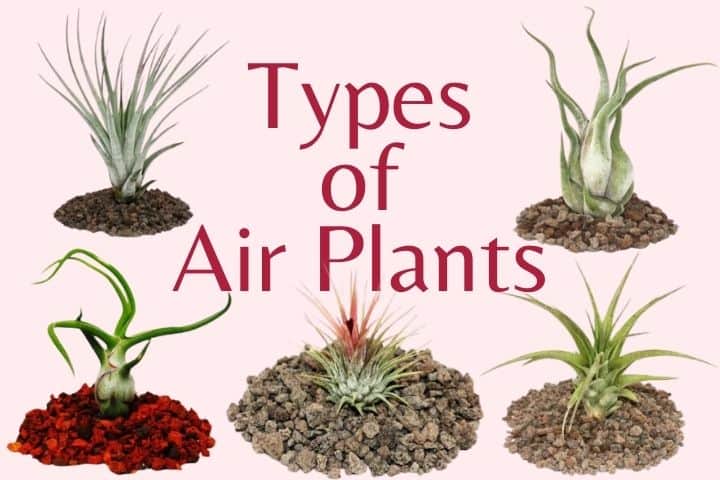
Tillandsias belong to the Bromeliad family and are mostly epiphytes, meaning they thrive by attaching to other plants. Unlike parasites, air plants feed themselves and can be grown on various supports like stones, wood, or wires, allowing for stunning decorative arrangements. These easy-to-grow plants adapt to different climates, making them popular in gardening.
Growing Tillandsias is clean and hassle-free since they don’t require traditional soil. They come in a wide variety, from delicate bulbs to large plants with thick tentacles. Join us on this green adventure to unlock the secrets of Tillandsias and become an expert in identifying and caring for these captivating air plants.
Contents
Unknown and Unlabeled Tillandsias: A Mystery Revealed
It’s not uncommon to grow air plants without knowing their specific Tillandsia variety. However, it’s important to understand that different types of Tillandsia have unique care requirements. When you visit stores, you might encounter a diverse array of Tillandsias in varying sizes, colors, and shapes, all labeled simply as “Tillandsias spp” or assorted Tillandsias.
Tillandsia, the largest genus in the Bromeliad family, originates from deserts, forests, and mountains across the Americas, spanning from the southern United States to South America. While some Tillandsias grow on land, like the Tillandsia usneoides, most prefer to attach themselves to trees, rocks, roofs, and even telephone line cables. In regions with year-round humidity, certain types, such as Tillandsia recurvata, can become invasive pests.
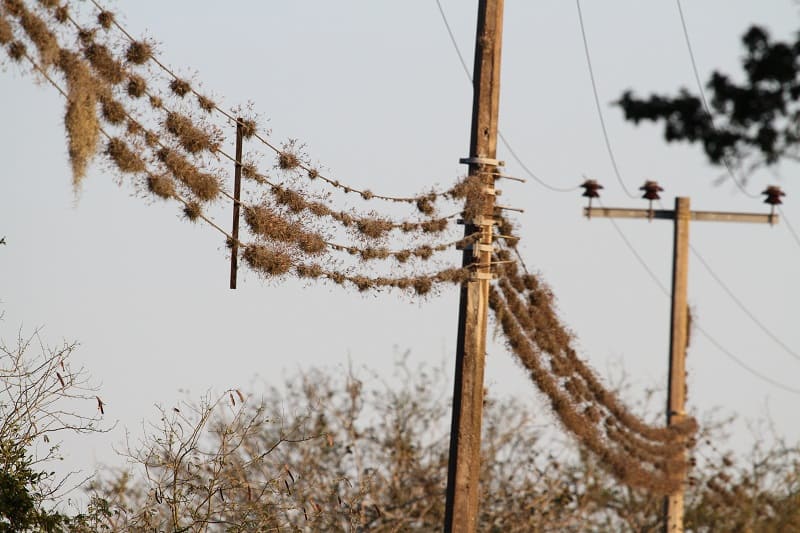
Classification of Tillandsias and General Care
With over 650 recognized species, Tillandsias possess a distinct characteristic that divides them into two main groups: green foliage and grey foliage varieties. This differentiation plays a significant role in their cultivation and care.
1. Mesophyte Tillandsias
Mesophyte Tillandsias, characterized by their green foliage, thrive in subtropical or tropical moist lowland grasslands. To provide these plants with optimal conditions, they should be grown in shady areas and kept well-hydrated. Although they are epiphytic plants, it’s advisable to cultivate them in pots, using porous and organic substrates. By doing so, they can develop roots that facilitate better nourishment and growth.
2. Xerophyte Tillandsias
Xerophyte Tillandsias, sporting predominantly grey, bluish, or even white foliage, possess leaves covered in trichomes—tiny scales that enhance their ability to withstand dry weather and intense sunlight.
While xerophytes can tolerate full sun if sufficient ambient moisture is present, they generally thrive in semi-shaded areas. To ensure proper ventilation, hanging them, placing them on tree trunks, or suspending them in containers is recommended.
List of Tillandsia Lower Classifications
In our exploration of Tillandsia lower classifications, we will encounter a range of unique and captivating types of air plants.
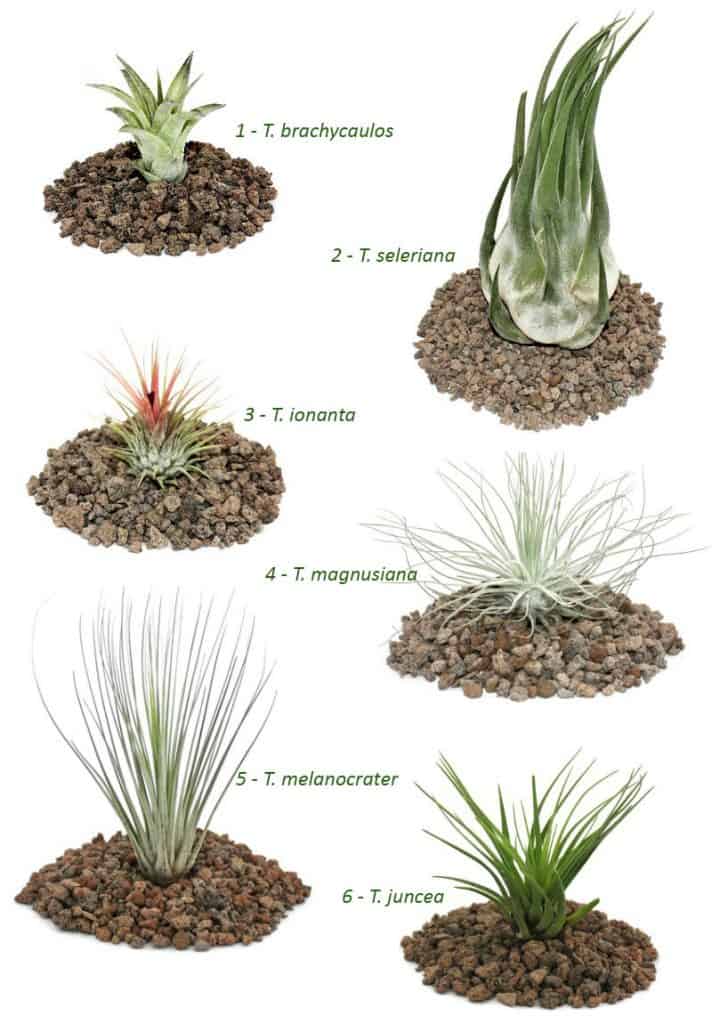
- Tillandsia brachycaulos: Hailing from Mexico and Central America, this xerophyte Tillandsia can go for months without irrigation in its natural habitat. It delights in intense light, turning pink when exposed to direct sunlight, but ensure it remains well-hydrated. With a height ranging from 9 to 14 cm, it’s a compact beauty.
- Tillandsia seleriana: Native to Central American pine and oak forests, this medium-sized Tillandsia boasts stems up to 6 cm in length and exceeding 25 cm in diameter. It thrives under moderate light, water, and fertilizer conditions. While it can tolerate full sun, high humidity levels are crucial for transpiration. In low light settings, reduce watering frequency accordingly.
- Tillandsia ionantha: Distributing its charm throughout Central America, Tillandsia ionantha is a petite green ambassador, standing no taller than 8 cm with 9 cm long leaves. Its popularity has led to numerous cultivars, varying slightly in growth form and color from the type species.
- Tillandsia magnusiana: Residing in mountainous pine forests of Central America, this Tillandsia prefers cooler temperatures during summer and even welcomes chilly winters. With medium-sized leaves that can reach 15 cm in length, it’s not an ideal choice for hot and dry regions like the Mediterranean.
- Tillandsia melanocrater: Another small Tillandsia native to Central America, its leaves span between 10 and 12 cm. It thrives in shaded areas and can withstand direct sunlight in winter. At least weekly watering and ample air circulation contribute to its well-being.
- Tillandsia juncea: Recognized by its long, slender leaves, Tillandsia juncea’s impressive foliage can reach a length of 35 cm. In their natural habitat within evergreen forests of Central and South America, these slightly bluish leaves turn reddish when exposed to the sun. In humid environments, sunlight is manageable, but partial shade is recommended otherwise.
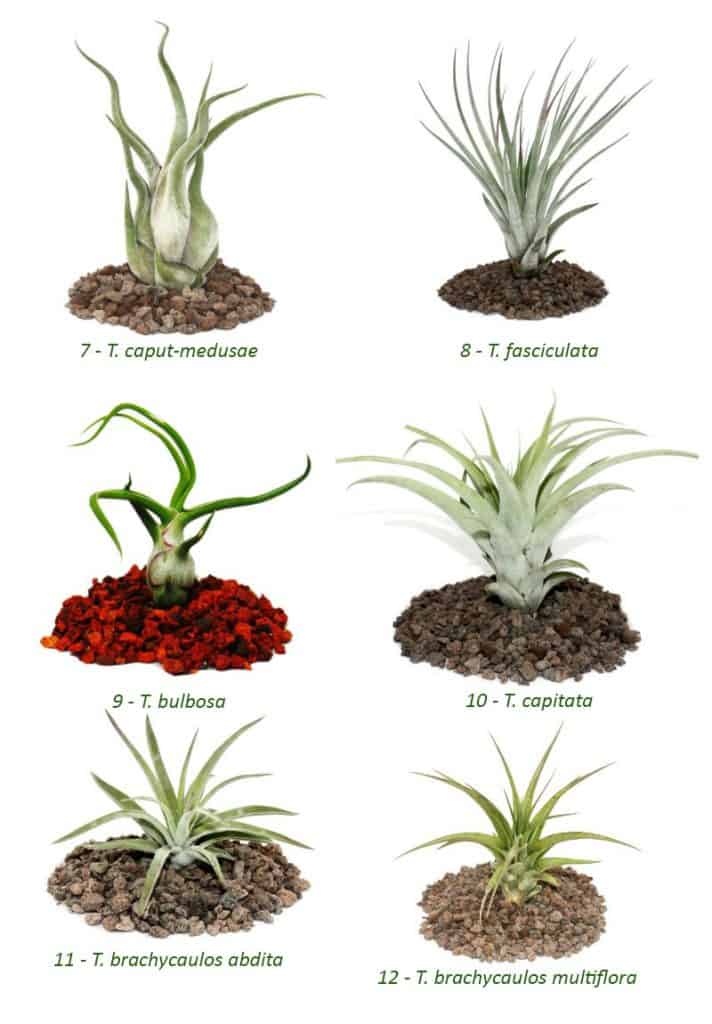
- Tillandsia caput-medusae: Aptly named the “octopus plant,” this widespread air plant hails from Central America and Mexico. With its long, twisted leaves resembling cephalopod tentacles, Tillandsia caput-medusae effortlessly captivates. Its leaves, measuring up to 25 cm, are covered in grey hairs. Man has also cultivated numerous cultivars from this captivating variety.
- Tillandsia fasciculata: This air plant calls Mexico, Central America, South America, and the West Indies home. Considered one of the largest Tillandsias, its leaves can exceed half a meter in length. Experts have created several showy cultivars, further enhancing its already impressive stature.
- Tillandsia bulbosa: True to its name, this medium-sized air plant forms a bulb-like base. It thrives in tropical America and the Caribbean islands. With a length of 25 cm and leaves measuring 10 to 15 cm, this ornamental Tillandsia’s twisted leaves turn reddish before blooming.
- Tillandsia capitata: With its silver foliage transitioning to pink hues during blooming, Tillandsia capitata originates from humid regions of Central and South America. It flourishes in warm and humid environments, benefitting from indoor placement during scorching summer temperatures.
- Tillandsia brachycaulos abdita: This variety of brachycaulos requires similar care to the type species mentioned earlier in the article.
- Tillandsia brachycaulos multiflora: Similar to the type species of brachycaulos, this variety produces multiple spectacular flowering stems, blooming in lilac and yellow.
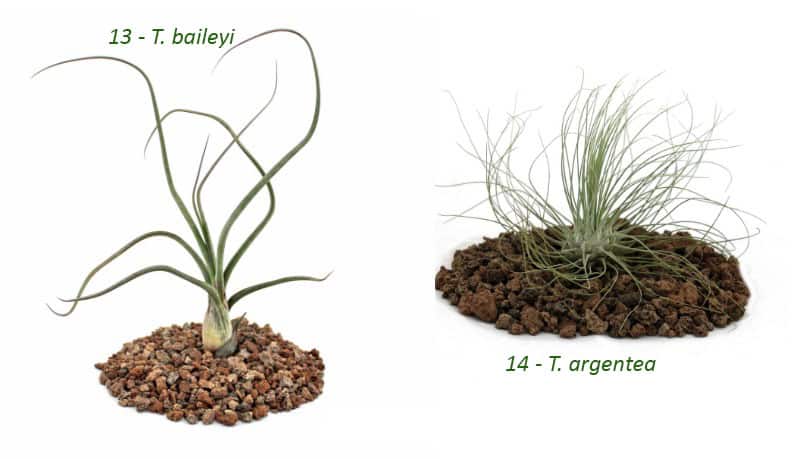
- Tillandsia baileyi: Native to Texas and northern Mexico, this drought-tolerant Tillandsia requires minimal care. Its thick, curved leaves grow from the base in a rosette shape, sporting a greyish-green hue that turns pale pink during blooming.
- Tillandsia argentea: Measuring no more than 11 cm in diameter, this small air plant displays thin, fibrous leaves in various shades of green, gray, blue, and silver. Its compact growth forms clusters. While mainly found in Mexico and Guatemala, it can also exist in Cuba and Jamaica.
- Tillandsia xerographica: Often referred to as the king of air plants, Tillandsia xerographica is prized for its large rosette shape, gracefully arching leaves, and long-lasting blooms. It’s also known by other names such as teddy bear cactus, old man’s beard, and silver air plant.
Conclusion
With numerous Tillandsia species and varieties available, it’s impossible to cover them all here. The ones we’ve selected are some of the most popular and commonly found in shops, at least in our local area. However, you can also purchase them online, with each species’ name linked to a sales page.
We hope these descriptions and accompanying images will help you identify that beautiful air plant you have at home. Happy exploring and nurturing your Tillandsias!
